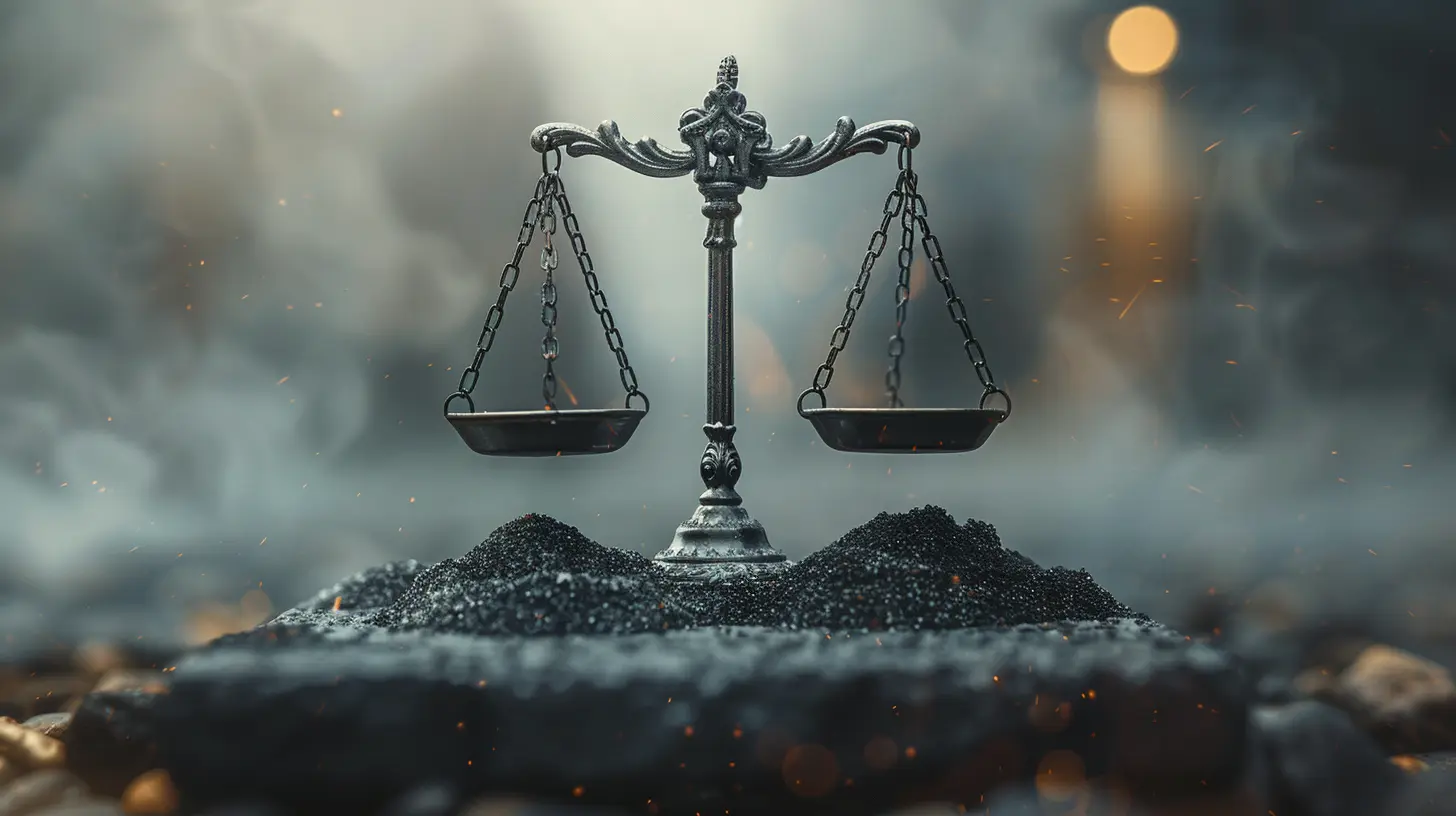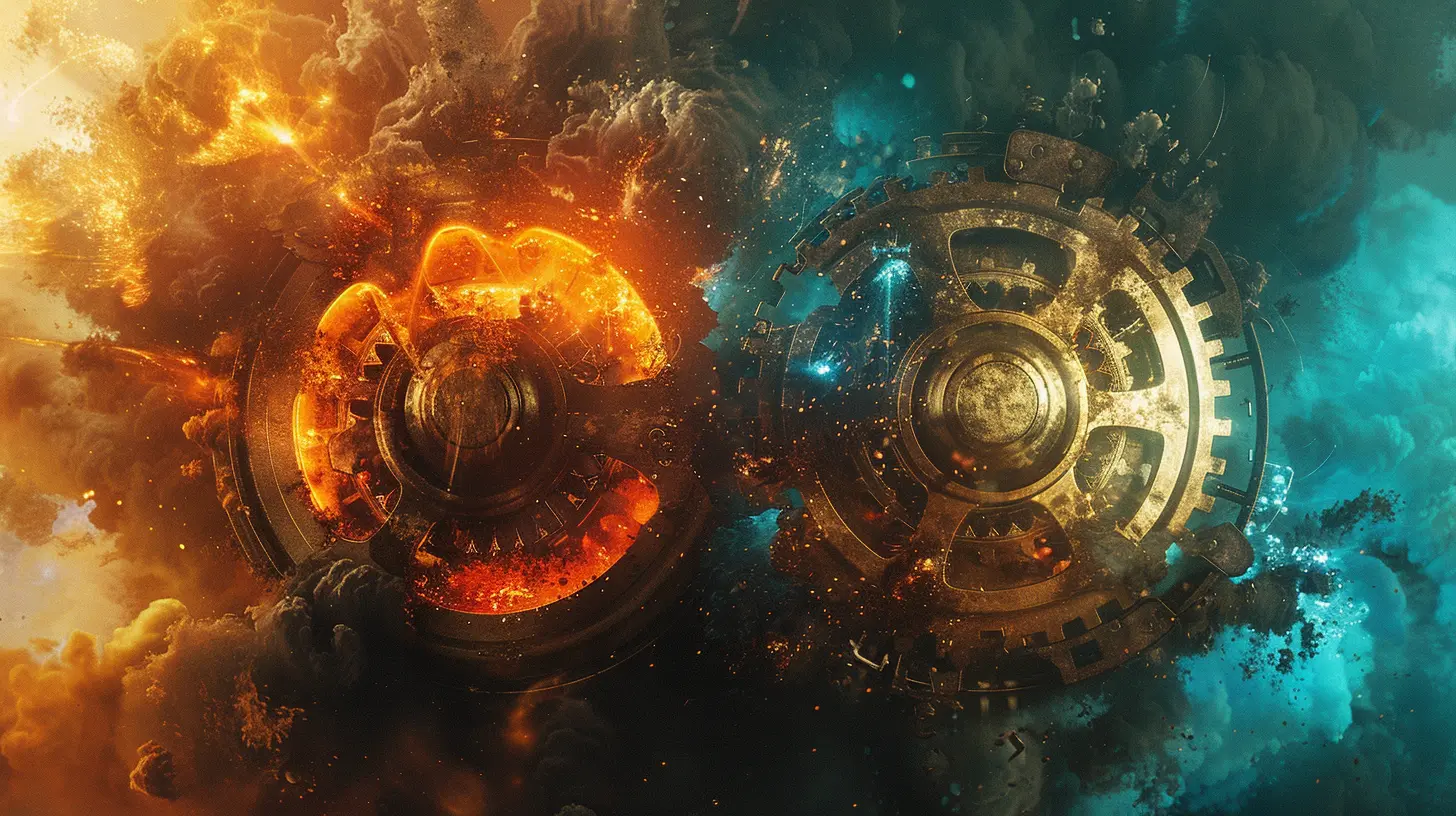Game Balancing: Crafting Tension Between Power and Challenge
24 August 2025
Ever played a game where you felt like a god? Crushing every enemy with a flick of your finger? Yeah, it’s fun for five minutes… until it’s not. On the flip side, you might’ve faced a boss so unfairly overpowered that it felt like punching a brick wall with a wet noodle. That’s where game balancing comes in—and let me tell you, it’s both an art and a science.
So, what’s the big deal? Why is game balancing such a hot topic in game development? Well, because it makes or breaks the entire experience. It’s not just about tweaking numbers; it’s about building tension, excitement, and satisfaction. When done right—it's magic. When done wrong—it’s rage-quit city.
Let's unpack how game designers walk the delicate tightrope between giving players power and making sure there's still a good challenge ahead.
What Exactly Is Game Balancing?
At its core, game balancing is adjusting the mechanics, abilities, enemies, items, and overall dynamics to ensure that gameplay feels rewarding, fair, and engaging. It’s about keeping the player on their toes—never too comfortable, never completely frustrated.Game balance isn’t just about difficulty. It's the secret sauce that ensures no character, weapon, or strategy becomes the only viable choice. It promotes variety, experimentation, and unpredictability—the things that make games fun in the long run.
The Power-Challenge Tug of War
Here’s the big balancing act: players want to feel powerful, but they also want to overcome real obstacles. If either side gains too much weight, the entire experience collapses.- Too Much Power? The game gets boring. There's no sense of achievement because there's no struggle.
- Too Much Challenge? The game becomes punishing. Players feel helpless and may walk away completely.
Great games constantly shift the scales, teasing the player with just enough power to feel capable, but never removing the threat entirely.
The Psychology Behind Game Balance
Ever heard of the concept of “Flow”? It’s when you're deeply immersed in an activity, totally focused, and loving every second. Game designers chase that state like moths to a flame.Flow happens in the sweet spot between boredom and anxiety. If a game’s too easy, you get bored. Too hard, you get stressed. Game balancing is about keeping players in that Goldilocks zone—just right.
Dynamic Difficulty Adjustment: Friend or Foe?
Some games are smart—like, scary smart. They watch how you play, then secretly tweak the difficulty. Struggling too much? They'll ease up. On a roll? They'll throw in a curveball.This is called dynamic difficulty adjustment (DDA). It sounds great in theory—and sometimes in practice—but not everyone loves it. If players figure out they’re being assisted, it can feel fake, like wearing floaties in a swimming competition.
Still, in games like Resident Evil 4 or Left 4 Dead, DDA has been used to brilliant effect, enhancing tension and pacing without anyone noticing the puppeteer behind the curtain.
Balancing for Single-Player vs Multiplayer
Balancing a single-player game is one thing. You’re mainly dealing with player vs environment (PvE). But multiplayer? Oh boy, that's a whole different beast.In multiplayer games, balance is a battlefield. If one character, weapon, or strategy becomes dominant, it ruins the fun for everyone else. The meta gets stale. Players start mimicking one another. Originality dies.
Games like League of Legends, Overwatch, and Apex Legends constantly fine-tune their elements to keep the meta fresh and fair. Patch notes become sacred texts. And player feedback? It’s gold.
In short: single-player balance is about tension and pacing. Multiplayer balance is about fairness and variety.
Risk and Reward: The Core of Good Balance
Great game design often boils down to this one equation: Risk vs. Reward.Want that super powerful sword? You’ll need to beat a brutal dungeon first. Want to use an overpowered ability? Fine—but it’ll have a long cooldown or burn all your mana.
This creates meaningful choices. Players weigh their options. They might not take the easy route every time—and that’s where the real engagement lies.
It's like poker. Bluffing is risky—right? But if it pays off, the reward is sweet.
The Role of Player Feedback
Here’s a truth bomb: no matter how perfect a dev team thinks their game balance is, they’re not omniscient. Players will break things. They’ll discover exploits, overpowered builds, and unintended strategies you’d never expect.That’s why listening to your audience is crucial. The quickest way to destroy a game’s community is to ignore their feedback.
The best devs embrace it. They watch, listen, and adapt. Think of the Dark Souls community—players literally created their own challenge builds because they wanted more tension. FromSoftware noticed—and leaned into that hardcore culture in subsequent releases.
Balancing Through Content Updates
Games today aren’t statues—they're living creatures. Especially live-service titles. What’s balanced today might not be tomorrow. That’s where regular updates come into play.New characters? They better be strong, but not broken. Buffs and nerfs? They better not feel like personal attacks.
Every update is a chance to tweak the scales. Sometimes, devs even intentionally shift things to freshen up the meta—even if that means shaking things up.
When Imbalance Is a Good Thing
Wait, what? Imbalance as a good thing?Sometimes, yes. A little imbalance can spice things up. Let’s say a wild card character is super hard to master but devastating in the right hands. That's not broken—it’s just high-risk, high-reward. If everyone could dominate with them, then it’d be a problem.
Games like Super Smash Bros. thrive on these asymmetries. As long as counters exist and no single strategy dominates, variety adds flavor.
Iconic Examples of (Good and Bad) Balancing
Let’s talk practical. Here are a few famous examples of balance—done right and horribly wrong.✅ Good:
The Legend of Zelda: Breath of the WildIt nails the power-curve. You start weak, learn the tools, and gradually become a force of nature. But the world always has surprises ready to humble you.
DOTA 2
Even after years and hundreds of updates, balance is at the heart of every change. Heroes compliment, counter, and challenge one another—giving endless room for strategy.
❌ Bad:
Star Wars Battlefront II (at launch)Pay-to-win mechanics meant players could literally buy power. That tipped the balance so badly, the backlash was seismic. EA had to overhaul its entire progression system.
Diablo III (Real Money Auction House era)
Gear progression was so tied to the auction house, it broke the natural power-challenge loop. Players weren’t rewarded for skill—they were rewarded for spending money.
Tools and Techniques Game Designers Use
So, how do devs actually balance things? Here's what’s in their toolbox:- Playtesting: Number one with a bullet. Real-world feedback reveals way more than spreadsheets ever could.
- Analytics: Heatmaps, win/loss ratios, damage stats—all help spot patterns.
- Simulation: Running thousands of AI-against-AI matches to find outliers.
- Community Feedback: Forums, Reddit, Discord—unfiltered data from the trenches.
Each method reveals a part of the picture—but only together do they show the whole puzzle.
Game Balancing’s Hidden Art
Here’s something people often overlook—balancing isn’t just numbers. It’s feel. Ever play a game where the combat just feels right? That’s tone balance. You can’t calculate it. It’s experience, intuition, and raw feel.The best designers are part psychologist, part mathematician, and part artist. They understand their audience’s expectations—and they craft mechanics that create those "OMG" moments.
Finding Balance as a Player
If you’re a gamer, you’ve got a role in this too. Don’t just chase meta builds or tier lists. Experiment. Play weird. Find broken stuff—and report it (you hero, you). Try self-imposed challenges if the game feels too easy.Balance isn’t static. It lives between you and the game. So go ahead—poke it, stretch it, and see what it can handle.
Final Thoughts
Game balancing isn’t something you slap on at the end—it’s baked into a game’s DNA. It’s about tension, release, surprise, and choice. When you feel like you’re growing in power, but the world’s still got teeth? That’s balance.Whether you’re crushing a raid with a perfect team comp or narrowly surviving a boss with 1HP and a broken sword—that equilibrium between power and challenge is what makes the victory taste oh-so-sweet.
So next time you pick up a controller or click into your favorite game—take a moment. Think about the hidden dance of balance that’s making your experience so gripping. Because when it works, you won’t even notice it. And that’s how you know it’s perfect.
all images in this post were generated using AI tools
Category:
Game MechanicsAuthor:

Leandro Banks
Discussion
rate this article
1 comments
Owyn Heath
Essential for engaging gameplay dynamics!
August 24, 2025 at 2:25 AM

Leandro Banks
Thank you! Striking that balance truly enhances the player experience.


